The archaeological and architectural relic of Oc Eo - Ba The is located in Oc Eo town, Thoai Son district, An Giang province, with a total planned conservation area of about 433.1 hectares. This relic belongs to the Oc Eo culture, one of the ancient cultures of Vietnam, existing from about the 1st to the 7th century AD in the Southern Delta region.
The culture of special importance of ancient Southeast Asia
Oc Eo culture is closely associated with the existence and development of the ancient kingdom of Phu Nam, considered a flourishing commercial and cultural center in ancient Southeast Asia. The name "Oc Eo" comes from the name of a location in Thoai Son district, An Giang province, where the first relics were discovered in the 1940s by French archaeologist Louis Malleret.
Oc Eo culture bears the mark of vibrant international exchanges. Through the excavated sites, people have found many rich artifacts such as pottery, stone statues, bronze statues, gold and precious stone jewelry, ancient coins originating from India, China, Rome and other regions. This shows that Oc Eo was once an important node on the maritime trade route connecting the Indian Ocean with the Pacific Ocean . The ancient canals and waterways in the area still retain traces of an extremely developed water transport system, proving the ability to organize and plan early urban areas of Oc Eo residents.
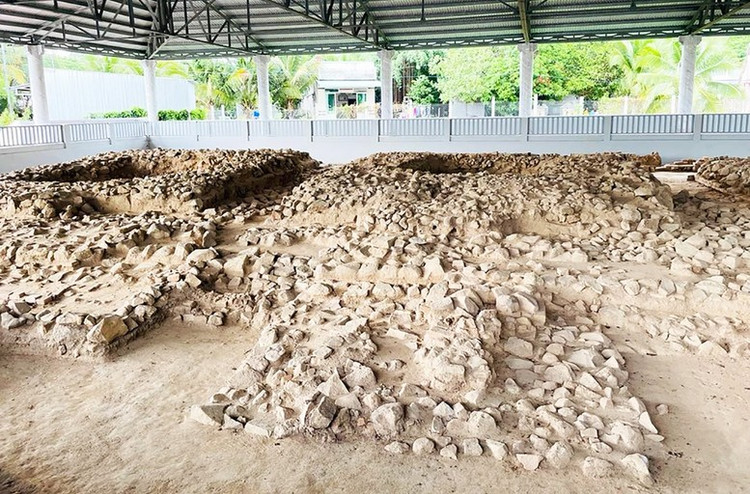
One of the most prominent features of Oc Eo culture is the profound influence of Indian culture, reflected in religious architecture, Hindu and Buddhist statues, and the ancient Brahmi script. However, Oc Eo residents also developed their own identity, through localizing foreign elements to create a unique culture, harmonizing the international and the indigenous. Many statues of Vishnu, Shiva, Brahmanism and Buddhism were crafted with sophisticated techniques, showing the rich artistic and religious level of the residents of this period.
Oc Eo culture also plays an important role in shaping the historical and cultural map of ancient Southeast Asia. It shows that from very early on, the Southern region of Vietnam was not only a fertile agricultural land but also an international trading center, closely linked with major civilizations. The development of Oc Eo not only affirmed the technical - artistic - religious level of ancient residents but also laid the foundation for the formation and development of ancient nations in the region, including the later kingdom of Chenla.
Typical type of monument
According to the Monument Ranking Records and documents of the Department of Cultural Heritage, the archaeological and architectural relics of Oc Eo - Ba The include the following typical types:
Architectural relics: Usually date from the pre-Oc Eo period to the late Oc Eo period, distributed around the slopes and foothills of Ba The, Linh Son Nam, Linh Son Bac, Danh Sang mound...
Linh Son Pagoda (Linh Son Pagoda) was built on the foundation of an ancient architectural work of the Oc Eo culture. The pagoda currently preserves a statue of Vishnu, two stone steles and many valuable artifacts. Linh Son Pagoda was ranked as a national architectural and artistic relic by the Ministry of Culture and Information (now the Ministry of Culture, Sports and Tourism) in 1988.
At Ut Tranh mound, archaeologists discovered a brick architectural complex, consisting of three main items, built in straight lines and evenly spaced, spread along the North-South axis, with the door facing East... This architecture is located in a rectangular wall system, with an area of about 500m2. This is a completely new type of religious architecture in the Oc Eo - Ba The area and the Southwest region, built and used in the 7th and 8th - 9th centuries AD.
During the excavation at Go Cay Trom in Trung Son hamlet, Vong The commune, archaeologists discovered traces of an ancient brick-built architectural structure and many artifacts associated with religious and belief activities (seals, amulets). In addition, archaeologists also discovered a stone linga, 1.7m high, dating from the 5th - 7th century.
Residential sites: distributed over a wide area, typically at locations such as: Ba The, Tu Tram mound, Cay Me 2 mound, Cay Da mound... These sites all have an average cultural layer of 1m or more, located under a layer of dark gray soil containing pottery fragments, broken bricks, animal bones, wooden tools, coconut shell bowls, wooden stakes, rough pottery jars, small jars, round-bottomed pots. In particular, at the Cay Da mound site, traces of stilt house architecture (which could be built on the ground or on the water) were discovered, with wooden stakes concentrated in groups on the fields, at the foot of the mound and even under the lake...
The burial site includes: A ceramic jar tomb - discovered in the Linh Son Nam area, with a slanted mouth, wide mouth, and a lid, containing five gold beads and one broken agate bead, dating from around 40 - 70 AD. A rectangular earthen tomb - discovered in the Tu Tram mound area, with traces of rotten wood along both walls, and imprints of a woven grass mattress spread across the surface; the bottom of the tomb has traces of decomposed bones.
The above findings have shown that this tomb is of the same age as the earliest residential cultural layer on the mound. Cremation tombs: discovered in the areas of Cay Coc mound, Ong Con mound, Doi mound, A7 mound, are usually square or rectangular, built with bricks or stones, with a square hole in the middle, underneath the white sand layer containing gold leaves, necklaces of precious stones...

Workshop site: Finished and semi-finished beads and glass stones of various shapes, colors, materials and sizes discovered at Oc Eo mound prove that large-scale craft workshops once existed here.
Waterway system: Lung Gieng Da is also known as Lung Lon (Antun Bhtak Kay), 30km long, running in the North - Northeast, South - Southwest direction, from Trap Da across the Gulf of Thailand, to Nen Chua (Ta Kev). Many archaeological artifacts have been discovered in the lung, such as wooden stakes, ancient pottery, utensils, jewelry made of bronze and wood...
Baray (reservoir): Located in Mrs. Ut Nguyen's land, Trung Son hamlet, Oc Eo town. The lake is square, surrounded by embankments, with two streams flowing into it on both sides.
Because of the special historical, cultural and scientific values of the relic, on September 27, 2012, the Prime Minister decided to rank the Oc Eo - Ba The archaeological and architectural relic as a special national relic.
The Ministry of Culture, Sports and Tourism allows the University of Social Sciences and Humanities (Ho Chi Minh City National University) to coordinate with the Oc Eo Cultural Relic Management Board of An Giang province to conduct archaeological excavations at Tu Tram mound and Hao Thanh 1, Hao Thanh 2, Hao Thanh 3 sites in Trung Son hamlet, Oc Eo town (Thoai Son district, An Giang province).
The excavation took place from June 18 to August 10 on a total excavation area of 300 square meters, including 4 pits, under the chairmanship of Ms. Vo Thi Anh Tuyet - University of Social Sciences and Humanities.
Source: https://khoahocdoisong.vn/khai-quat-di-tich-oc-eo-mang-bi-an-nghin-nam-post1550536.html


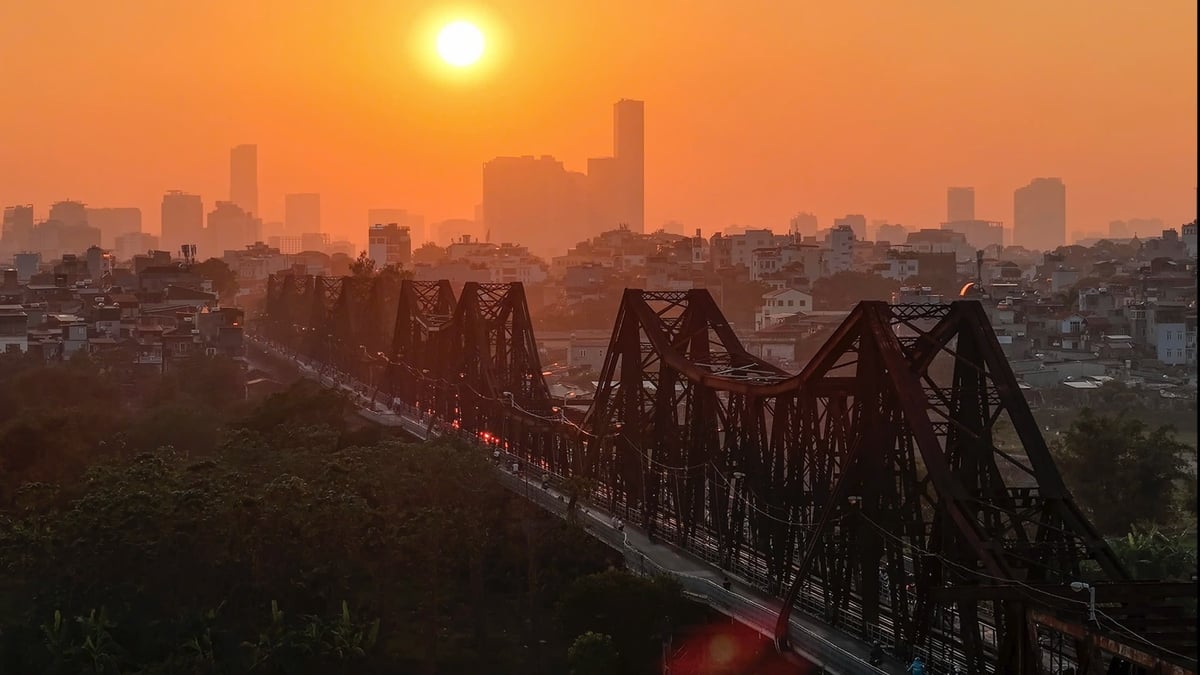
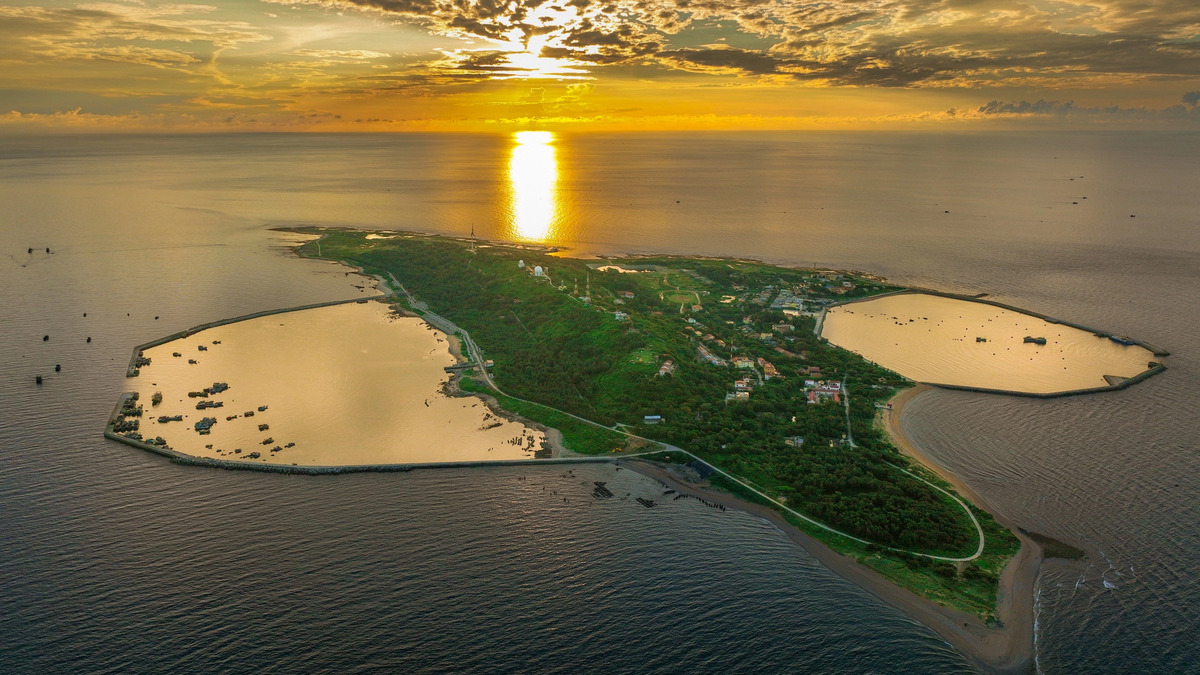

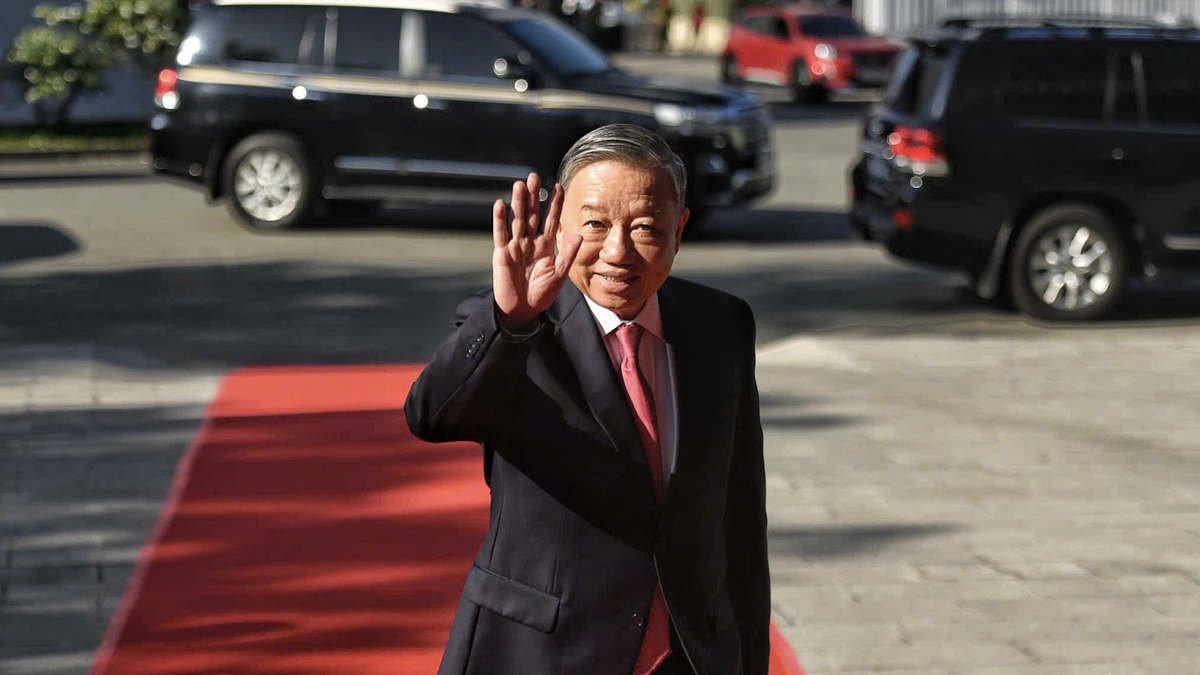
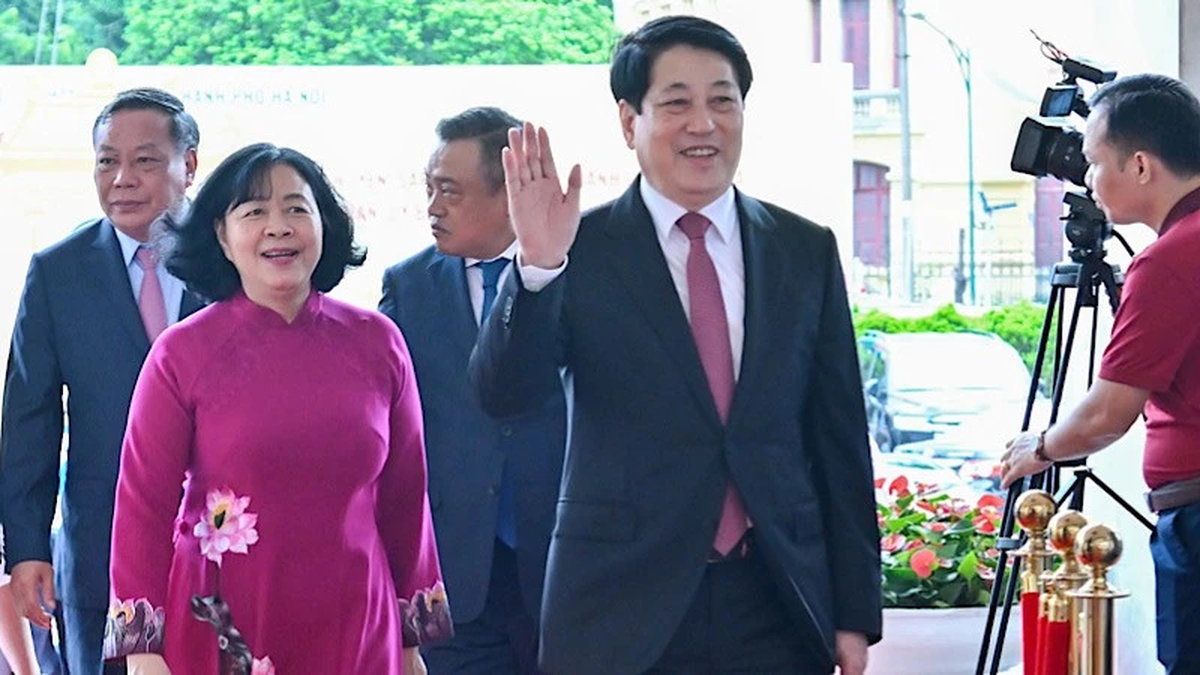



















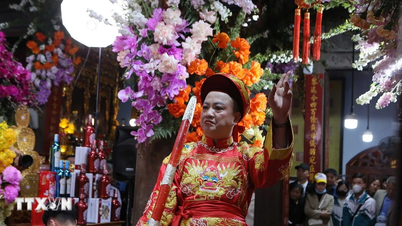

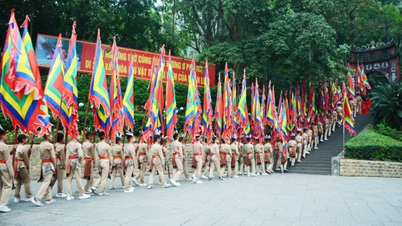

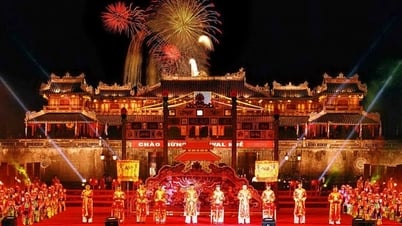

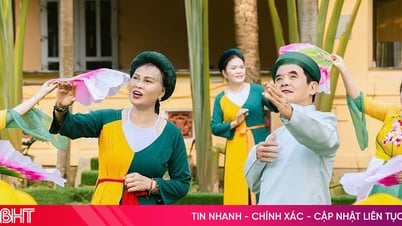




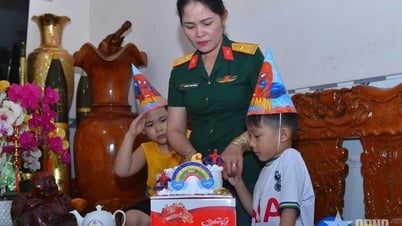
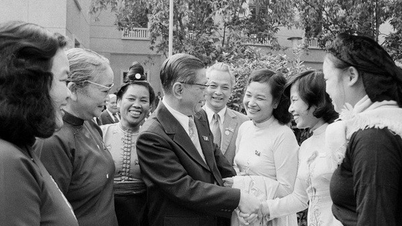
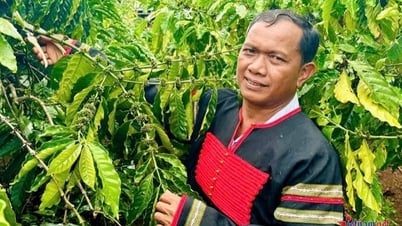

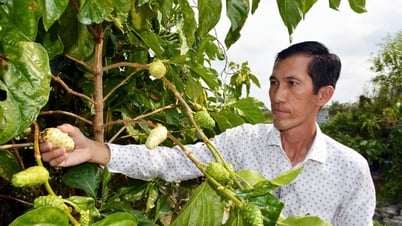





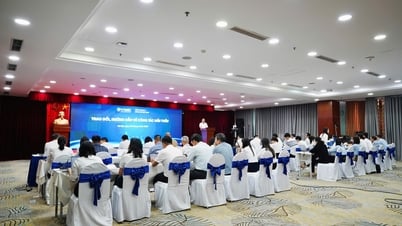


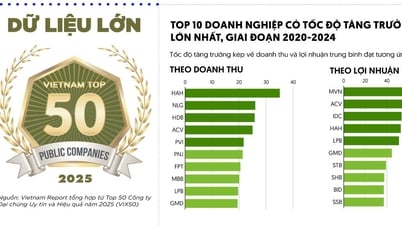

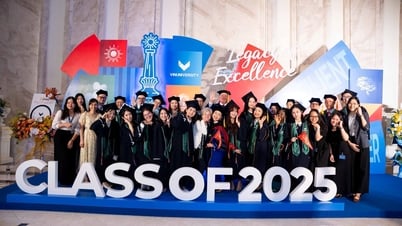

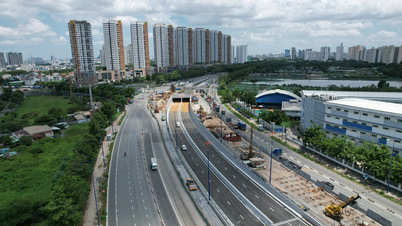

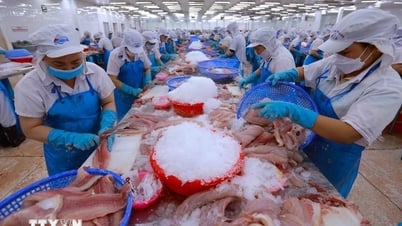




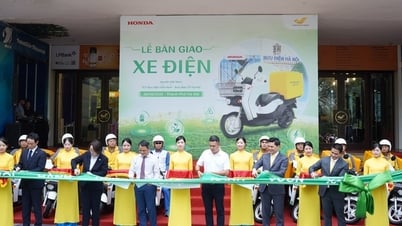

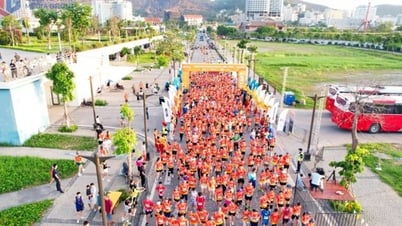


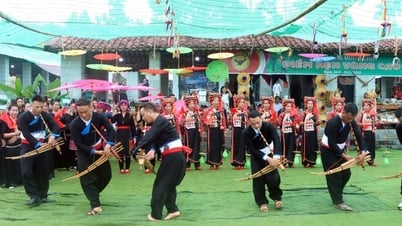

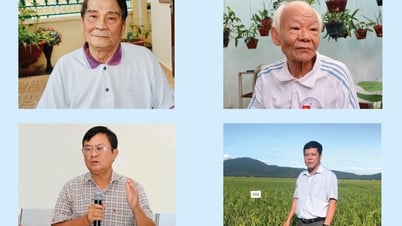

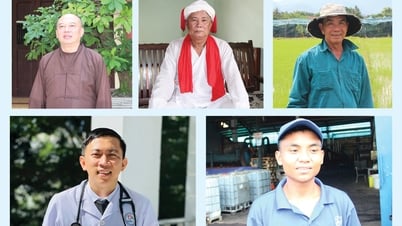
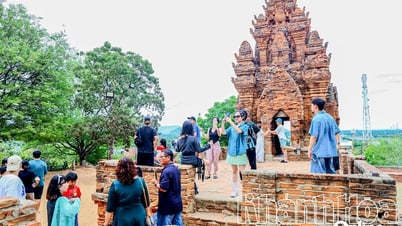
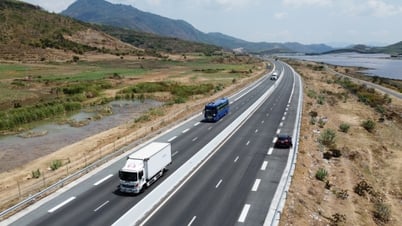
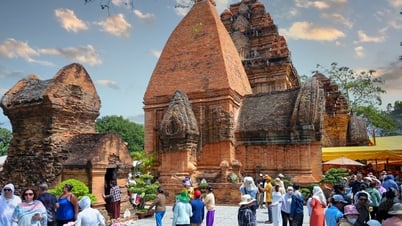
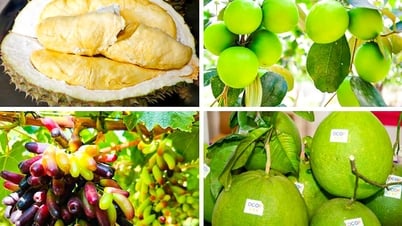








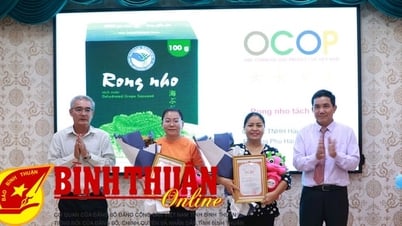





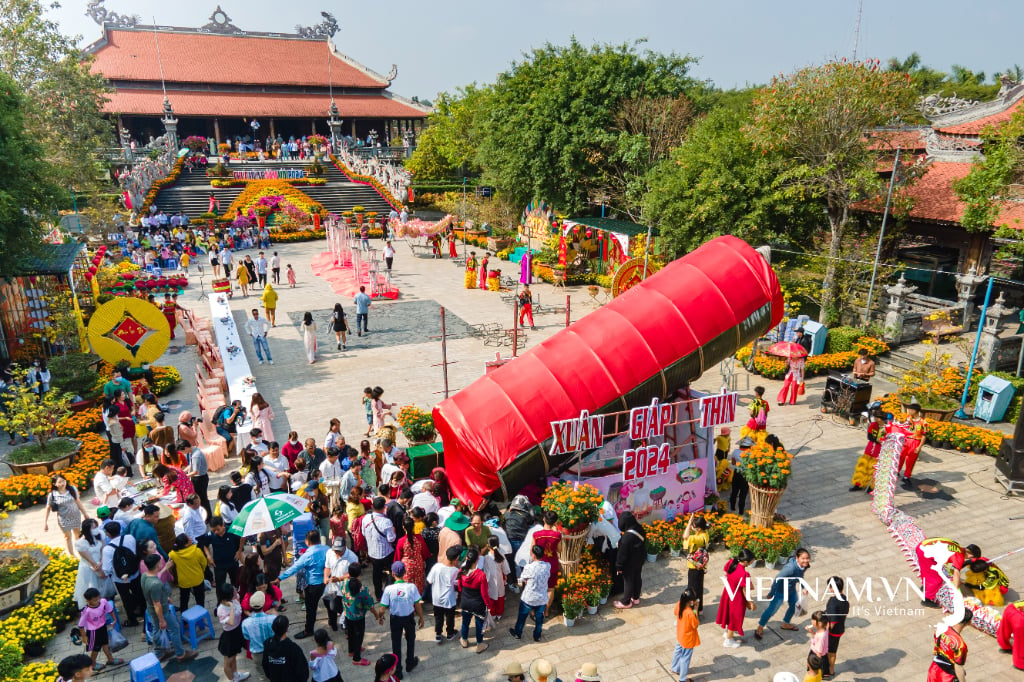
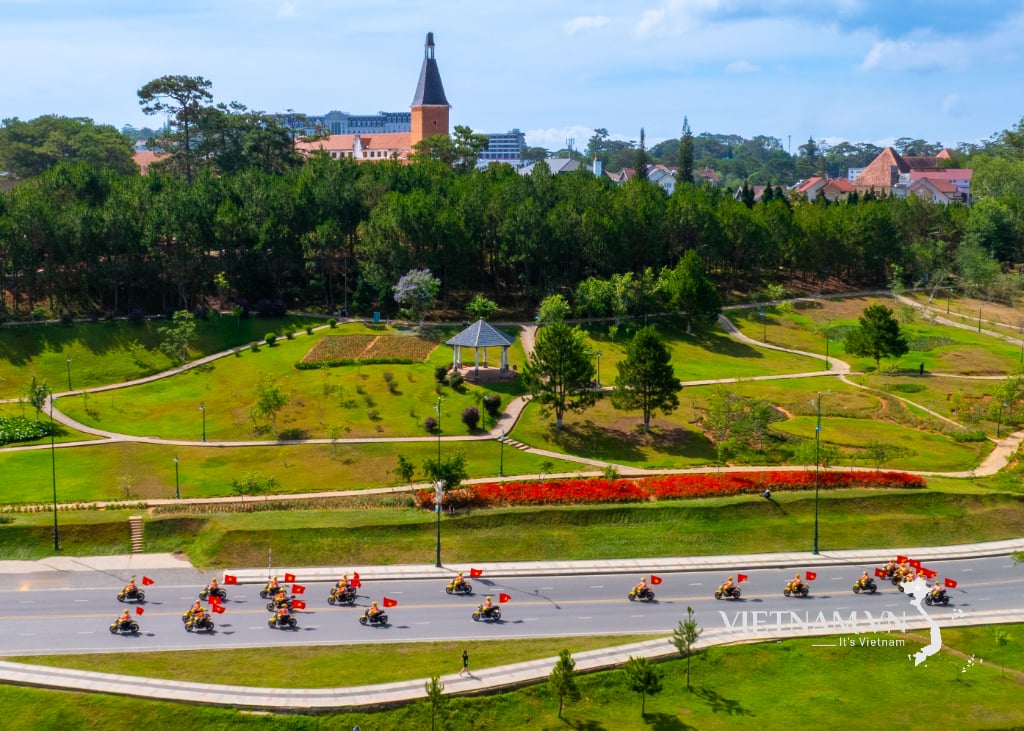
Comment (0)